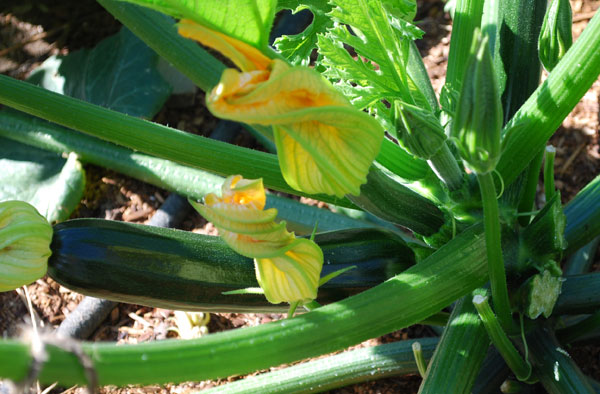How to grow onions from seed
Starting in early March or even late February sow a couple of seeds per module into a multi-purpose compost and thin to one seedling as soon as possible if both germinate. They don't need to be too warm, between 10 and 15 degrees is fine.
Once germinated, do not let the temperature rise above 15 degrees or the onions will get confused about what time of year it is and bolt later after they're planted out. Move out of the greenhouse into a cold frame and harden off before planting out, spaced as for the sets. The beauty of this method is that the onions can be held if the weather is bad until you are ready to plant.
Apart from some weeding, there is little to do. Do be careful not to damage the forming bulbs when hoeing. Better to have a few weeds or get on your knees and weed by hand than hoe out the crop before you start!
How to grow peas
Sow pea seed 1 to 1½” deep, 1-2 inches apart in double rows spaced 3-6” apart, 24” between the next double row. Pea plants will tolerate crowding so may be spaced 2” apart. All peas, including dwarf types, are natural climbers, will be more productive, and not as susceptible to rot, if given some support or planted along a fence or trellis. Pea seed is available in both treated and untreated; if using untreated pea seeds, avoid planting in cold, wet, poorly aerated soils, as you risk loosing the seed to rot.
Peas prefer full sun to partial shade with a soil pH of 6.0-7.0. and require a well-drained, rich and sandy soil. Work organic matter, including rotted manure or compost into the soil for best results.









